Homesteaders have been planting cover crops for ages. However, these unsung field heroes have often been misunderstood as competitors to our beloved cash crops.
For decades, we diligently focused on maintaining tidy fields, believing that anything other than our main crop would hinder its growth. However, recent discoveries revealed otherwise – these crops can actually enhance the overall health and yield of our homestead ventures.
Like any horticultural approach, they come with a few downsides, so comprehending when and why to use them is crucial.
In today’s article, I’ll explore the good, bad, and ugly realities of cover cropping, shedding light on the mesmerizing tapestry of the rigorously debated process.
What Are Cover Crops?
Cover crops, also known as living mulch or green manure, are non-cash crops planted between the main crops primarily to benefit the soil and the environment rather than for direct human consumption.
Great examples of cover crops include:
- Grasses like oats and rye
- Brassicas like radish and mustard
- Legumes like vetch and clover
Cover cropping has gained popularity among environmental organizations, homesteaders, and gardeners in recent years due to its numerous advantages that I’ll dive into below.
Related: Raised Bed VS In-Ground Gardens
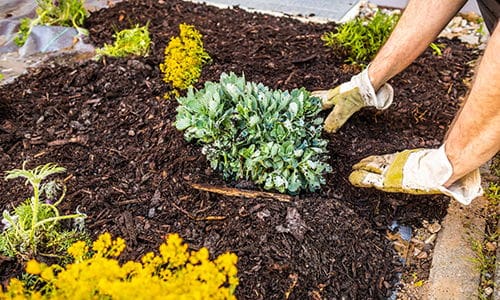
The Good: Benefits of Cover Crops
The main reasons homesteaders cover crop are:
- Erosion Control: Fast-growing cover crops stabilize the soil, lessen crusting, and guard against wind and rain-related erosion. Their dense root systems hold the soil in place, preventing it from being washed away by heavy rains or strong winds.
- Conserve Soil Moisture: As a result of increased water infiltration and decreased evaporation caused by dead cover crops, there is less moisture stress during drought.
- Biodiversity Enhancement: By providing habitat and food sources for beneficial insects and microorganisms, cover crops support a diverse and healthy ecosystem on the farm or garden.
- Reduced Herbicide Use: Cover crops simultaneously prevent weed growth and soil-borne diseases disease, insect, and worm damage. As a smother crop that outcompetes weeds for water and nutrients, many cover crops efficiently suppress weeds. Unlike specific chemical treatments, these natural methods do not have a single mode of action, making it highly unlikely for pathogens or nematodes to develop resistance.
- Combatting Compaction: Compaction is a common problem in many fields, often resulting in standing water after heavy rains and after the crop is harvested. A strategically chosen cover crop can amend this issue by improving soil structure and contributing to better drainage.
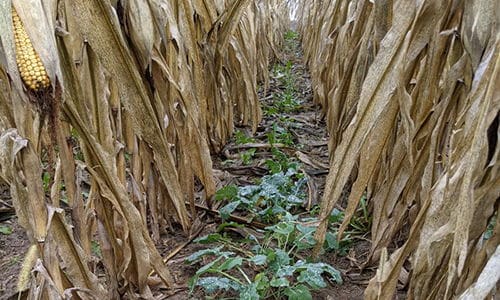
- Increase Soil Fertility: Cover crops helps manage soil nutrients and can be very helpful in controlling soil composition. Nutrients are released into the soil during decomposition, acting as a form of compost without a homesteader wasting time adding manure. Legumes, for example, are known to transform atmospheric nitrogen into a soluble form that plants in the field can absorb, increasing fertility.
- Increased Yield: Increased soil fertility equals increased produce. All the above benefits of cover cropping add up to an improved yield, which is the most enticing argument. Popular green mulch, like hairy vetch, has been noted for consistently increasing yields with correct management.
It’s crucial to note that improper utilization of cover crops can become a daunting challenge. If we neglect to conduct thorough research and select the appropriate varieties, our cover crops may inadvertently result in unintended consequences.
Related: 5 Vegetables That Are Too Easy To Grow
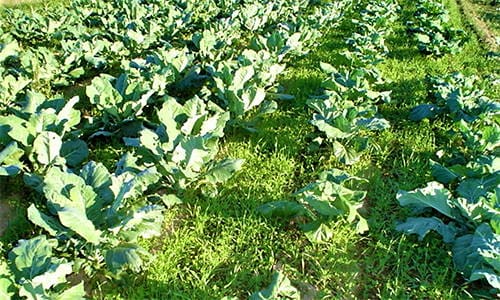
The Bad: Drawbacks of Cover Crops
While the benefits of cover crops are undeniable, there are challenges to confront and overcome. Here are some of them:
- Cost: The cover crops need human resources and time to be planted, which can get pricey depending on the size of your garden or farm.
- Blocked Drain Lines: Any plant with a deep root system has the potential to clog drain lines, mainly if they are located close to the soil’s surface in fields with heavy or inadequate drainage. Any plant, including corn, alfalfa, annual ryegrass, radish, and weeds, can penetrate drain lines; cover crops are not the only ones that can do this
- Competition with Main Crops: Cover crops may sometimes compete with your main crops for resources, leading to reduced yields. Gaining control over cover crops is essential to avoid these adverse effects. Before the cover crop sets seed, regulate it for easy management. If seeds are ready to germinate, keep an eye on the development of the new seedlings and alter weed control measures as necessary.
- Disease and Pests: Green fields of cover crops might attract pests, which could cause problems for the subsequent main crop. Toxic to cash crop seed or newly emerging plants, slugs, wireworms, black cutworms, seed corn maggot, armyworms, and other species flourish on green cover crop material, especially grassy species.
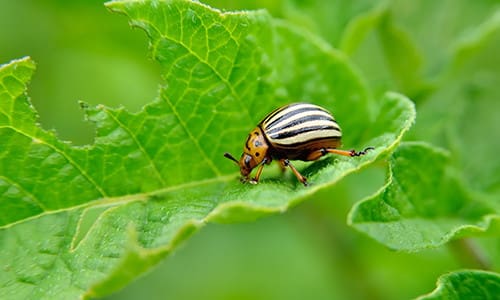
- Climate Sensitivity: The effectiveness of cover crops largely depends on the prevailing climate. In regions with limited water availability, cover crops may not be feasible due to the competition for water resources.
- Allelopathy: The germination of tiny-seeded species is suppressed by allelopathic chemicals, which are water-soluble substances released into the soil by specific cover crop species (such as winter rye and, to a lesser extent, other small grains, sorghums, brassicas, and millets). If your purpose is to reduce weeds, it can be a desirable trait of cover crops, but allelopathic substances can also suppress cash crops.
Related: Stop Using THIS: It’s Ruining Your Compost
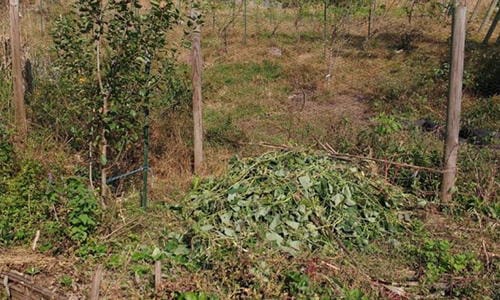
The Ugly: What You Don’t Want
The worst thing that can happen to your garden or farm is for the cover crops to fail to achieve your intended agricultural goals. Managing cover crops requires adaptability, vigilance, and a willingness to learn from setbacks.
If not managed properly, they can fail to establish, wasting valuable resources and leaving the soil vulnerable to erosion and weed invasion.
- Research and Knowledge Are Vital
When used correctly, the list of benefits cover crops provides is impressive. The positive impact on your farm’s economics, appearance, and overall sustainability cannot be overstated. Furthermore, the success of cover crops lies in doing proper research and understanding the varieties you choose to plant.
The wrong selection could lead to competition with the cash crop, negating the desired benefits. However, with diligent research and selecting companion plants that work synergistically with your main crop, you can unlock the full potential of cover crops.
Don’t limit yourself to just one cover crop variety. Embrace diversity by selecting a mix of different textures and blooms. This way, you’ll flower various plants at other times, providing a rich tapestry of benefits throughout the growing season and beyond.
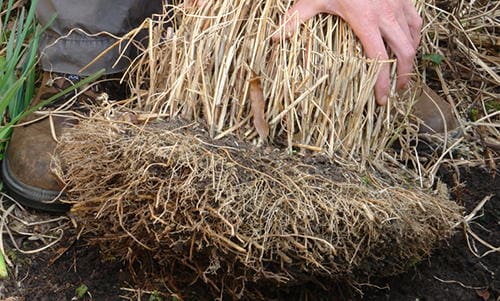
Every plan has its merits and demerits. And cover crops are no exception.
However, with astute planning and some experience, managing cover crops opens a new world of possibilities. As with any new undertaking, it’s always wise to start small. Try planting a small number of acres, expanding as you become more comfortable with the nuances of cover crop management.
So are you for, or against cover cropping? Please leave a comment below. I would love to hear from you.
You may also like:
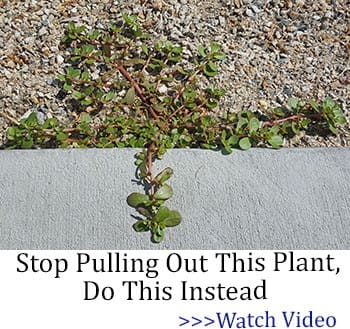 10 Giant Edible Crops You Can Grow
10 Giant Edible Crops You Can Grow
Why You Should Never Hide Your Stockpile In Your Basement (Video)
What Happens If You Bury These In Your Garden








